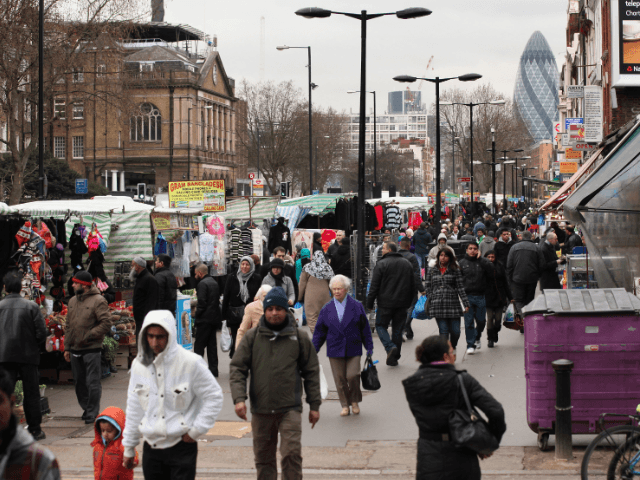The government’s economic projections for the UK, as laid out in yesterday’s Budget, are based on levels of immigration which directly contradict their “promise” to bring migrant numbers down to the “tens of thousands”.
The revelation will stoke suspicions that the Tories are using mass migration to shore up the economy, while ignoring widespread concerns about its wider social and societal effects.
Nick Timothy, the former chief of staff to Home Secretary Theresa May, said the Tories were “no longer trying” to tackle immigration, which would “keep going up and up”.
In a blistering attack, he said the Treasury was “keener than ever” on mass immigration as it would help mitigate the effects of Tory spending cuts.
The economic blueprint on which George Osborne, the Chancellor of the Exchequer, based yesterday’s budget was drawn up by the independent Office for Budget Responsibility (OBR). They insisted the figures were “scenarios not forecasts”.
According to those “scenarios”, net migration is assumed to sit at around 185,000 by 2021. A worst-case “high migration” scenario puts it at 265,000 in five years’ time.
Alp Mehmet, from the think tank Migration Watch UK, told the Daily Mail: “High migration may grow GDP but it will do little for GDP per head. It’s pie in the sky to think high migration will balance the books.
“It will simply stoke up future problems, apart from making a nonsense of the Government’s stated aim of net migration of tens of thousands”.
In both their 2010 and 2015 manifestos, the Conservatives promised to bring net migration below 100,000 people a year.
Net migration, however, stood at 329,000 last year and between 2015 and 2021 total net migration is estimated at a staggering 1.6 million.
Net migration is the difference between the number of arrivals and those leaving the country. Overall migration is much, much higher therefore.
Either way, the Tories have consistently missed their targets. The OBR suggests migration will fall in 2016 and 2017, but even by the OBR’s lowest possible projections the targets will continue to be missed.
Highlighting the extent to which the Chancellor’s hopes for the public finances are based on continued, unrelenting mass migration, the OBR concludes:
“If a government succeeded in reducing net inward migration… then that would be likely to create additional fiscal pressures, but it could always choose to offset those pressures through additional spending cuts or tax increases”.
Between now and 2021, the OBR also suggests that there will be a rise of 900,000 in the number of people in work.
This suggests that three quarters of the increase over the next five years will be due to migration. OBR documents state: “Around three-quarters of the increase in employment that we forecast would be accounted for by net migration.”
This is even higher than predictions made by the Office of National Statistics (ONS) last month, according to which half of all new jobs created in the UK would go to migrants.

COMMENTS
Please let us know if you're having issues with commenting.